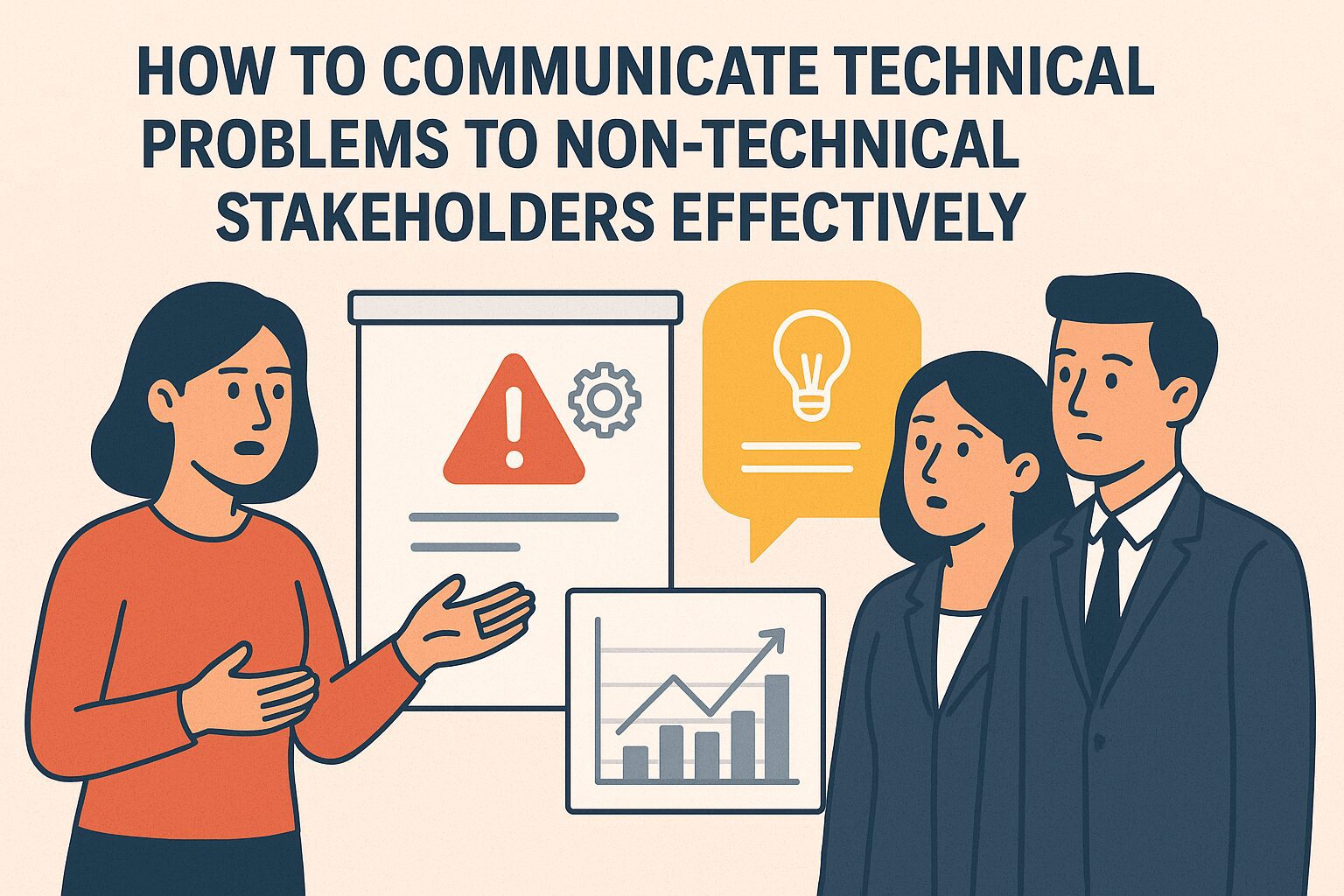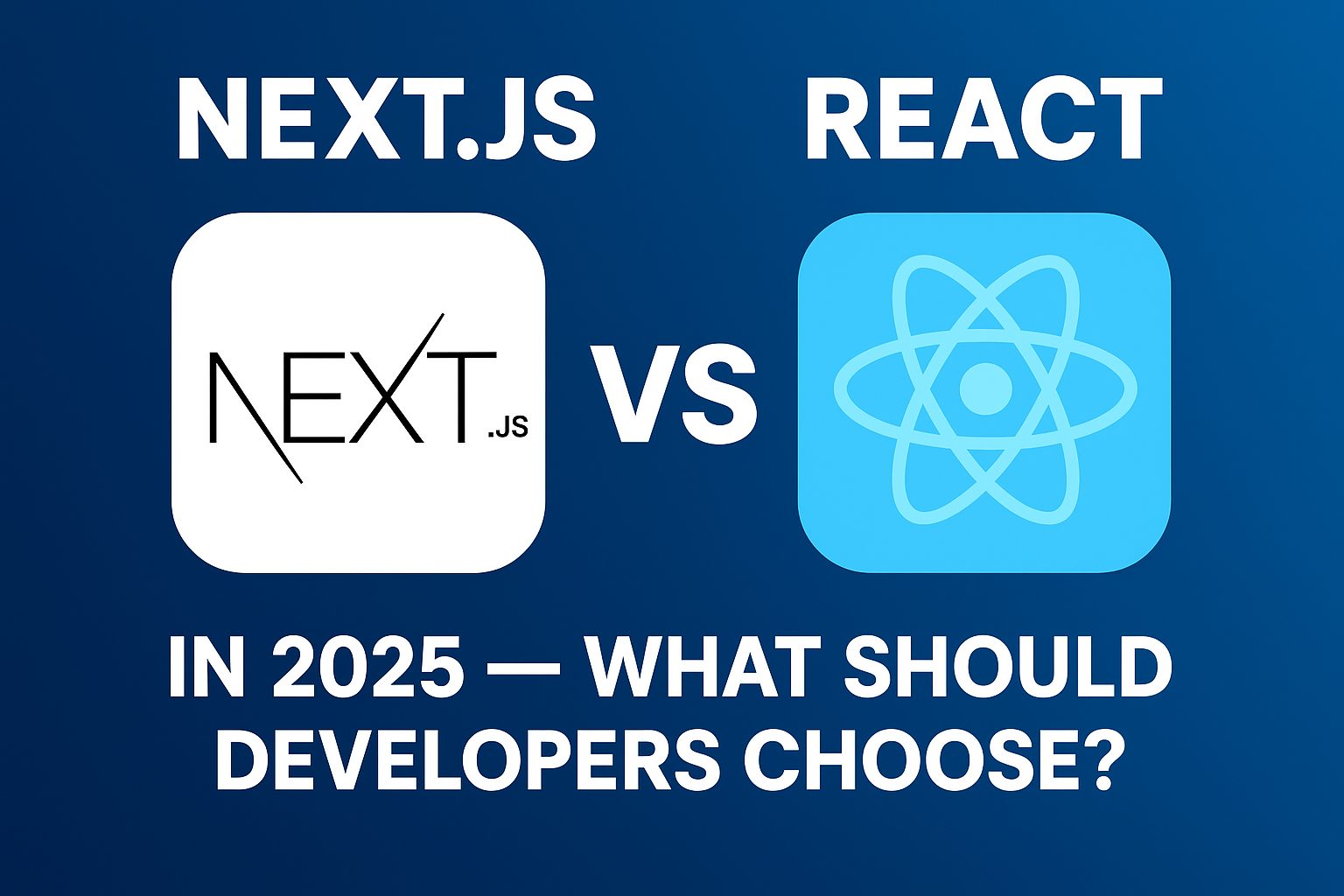In any organization, technical teams often encounter challenges that require quick action, collaboration, and support from non-technical stakeholders such as executives, managers, or clients. The problem? Technical language can be complex, filled with jargon, and difficult for non-specialists to understand. Without clear communication, stakeholders may become frustrated, disengaged, or make poor decisions based on incomplete information.
Communicating technical problems effectively to non-technical stakeholders is not just about simplifying the language—it’s about building trust, fostering alignment, and ensuring decisions are informed and actionable. This article explores practical strategies that can help bridge the gap between technical teams and business stakeholders.
Why Communication Matters in Technical Contexts
Technical teams may think the importance of a problem is obvious, but non-technical stakeholders are more focused on outcomes, timelines, and business impact. For example, telling a manager, “Our API request limit is throttling, causing latency issues” might not resonate. Instead, framing it as, “Our system is slowing down, and if we don’t fix it, customer experience could suffer” makes the issue clearer.
Good communication ensures:
- Stakeholders understand urgency and impact.
- Decisions are aligned with business goals.
- Trust grows between technical and non-technical teams.
1. Translate Technical Jargon into Everyday Language
The first step in bridging the gap is translating technical terms into relatable, non-technical language. Instead of focusing on how something broke, explain what it means for the business.
- Technical: “The database indexing failed, which is why queries are timing out.”
- Non-technical: “Our search function is running slowly because the system that organizes information isn’t working correctly.”
Using metaphors and analogies can also help. For example, describing server downtime as “a traffic jam on the highway that stops cars from moving” creates an immediate mental image stakeholders can grasp.
2. Focus on Impact, Not Just Details
Non-technical stakeholders don’t need every technical detail. What matters most is how the problem impacts timelines, costs, customers, or business goals.
Ask yourself:
- How does this issue affect business performance?
- Will it cause downtime, lost revenue, or customer dissatisfaction?
- What are the potential risks if it’s not resolved quickly?
For instance:
- Instead of: “We found memory leaks in the application.”
- Say: “The app is consuming more resources than it should, which could increase server costs and slow performance for users.”
By focusing on impact, you make it easier for decision-makers to prioritize solutions.
3. Use Visuals and Data to Support Your Point
Graphs, charts, and simple diagrams can communicate complex issues faster than words. Showing a downtime trend, a user drop-off rate, or a simple before-and-after performance chart helps stakeholders understand the scale of the problem.
- Before: “Our uptime dropped to 95% last week.”
- After (with visual): A chart showing the drop in uptime alongside the spike in customer complaints.
Visuals make the problem tangible and easier to act on.
4. Present Solutions Alongside Problems
Stakeholders don’t just want to hear about what’s wrong—they want to know what can be done about it. Whenever you raise a problem, provide possible solutions, trade-offs, and recommendations.
Example:
- Problem: “Our servers are overloaded.”
- Solution: “We can upgrade to a higher-tier hosting plan (higher cost but immediate fix) or optimize the current codebase (lower cost but will take two weeks).”
This approach positions you as a problem-solver rather than just a messenger of bad news.
5. Tailor the Message to the Audience
The level of detail you provide should depend on who you’re talking to:
- Executives: Focus on financial and business impact.
- Managers: Highlight timelines, resource requirements, and risks.
- Clients: Explain how it affects their experience and what’s being done.
By tailoring your message, you show respect for their role and help them make informed decisions without overwhelming them with unnecessary complexity.
6. Practice Empathy and Active Listening
Technical problems can be stressful, but stakeholders may also feel pressure because of deadlines, budgets, or customer expectations. Communicate with empathy by acknowledging their concerns and actively listening to their questions.
Instead of dismissing a stakeholder’s worry as “not technical,” validate it. For example:
- “I understand you’re concerned about how this might delay the launch. Here’s what we can do to minimize disruption.”
Empathy helps build trust and makes future conversations smoother.
7. Use a Structured Communication Framework
When presenting technical issues, following a structure helps keep the message clear and actionable. One effective framework is:
- Problem: What is happening?
- Impact: Why does it matter to the business?
- Cause (simplified): What’s behind it?
- Solution: What can be done, and what are the options?
- Next Steps: What do you recommend?
This keeps the conversation focused and ensures no key element is overlooked.
Conclusion
Communicating technical problems to non-technical stakeholders is as much about empathy and clarity as it is about accuracy. By avoiding jargon, focusing on impact, using visuals, and offering solutions, you can bridge the communication gap and foster collaboration.
The goal isn’t just to make stakeholders understand the problem—it’s to help them make informed decisions that move the organization forward. When technical and non-technical teams are aligned, challenges become opportunities for innovation, efficiency, and growth.







